Explore null | Canon Latin America

RF 70-200mm f/2.8L IS USM
- RF 70-200mm f/2.8L IS USM
- Lens Cap E-77II
- Lens Hood ET-83F (WIII)
- Lens Pouch LP-1424
-
OVERVIEW
-
SPECIFICATIONS
-
ACCESSORIES
-
RESOURCES
-
SUPPORT
-
MISCELLANEOUS
Complete the RF f/2.8 lens trinity with the addition of the RF 70-200mm f/2.8L IS USM lens. Designed to complement the EOS R system, this impressive L-series lens offers a telephoto zoom focal length that helps you get closer to faraway subjects. As Canon’s lightest and shortest 70-200mm f/2.8 lens^ ever, the RF 70-200mm f/2.8L IS USM is engineered to make traveling more comfortable, offering a compact and portable design that’s easy to pack and carry wherever you go. Coupled with a large f/2.8 maximum aperture for sharp, bright images and videos, even in low-light settings, Canon’s Nano USM technology for fast and virtually silent AF and up to 5 stops* of shake correction, the RF 70-200mm f/2.8L IS USM will quickly become a favorite among portrait, wedding and sports photographers.





Featuring an incredibly bright zoom with an f/2.8 maximum aperture – that stays constant throughout the zoom – 17 elements in 13 groups and a 9-blade aperture system, The RF 70–200mm f/2.8L IS USM lens is engineered to deliver sharp images with beautiful background blur.

Weighing nearly 1 pound lighter than its EF-series predecessor, the RF 70-200mm f/2.8L IS USM is Canon's shortest and lightest 70-200mm f/2.8 lens ever^. Ideal for portrait, wildlife, sports photography and more, the RF 70-200mm f/2.8L IS USM is an essential lens you will want to have in your bag.
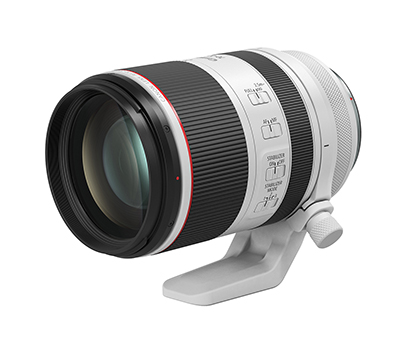
The RF 70-200mm f/2.8L IS USM lens is designed to work in conjunction with an EOS R series camera, with both the camera and the lens sharing data to dramatically reduce camera-shake blur, regardless of the situation, whether shooting video or stills. With up to 5 stops* of stabilization, it delivers impressively clear results.
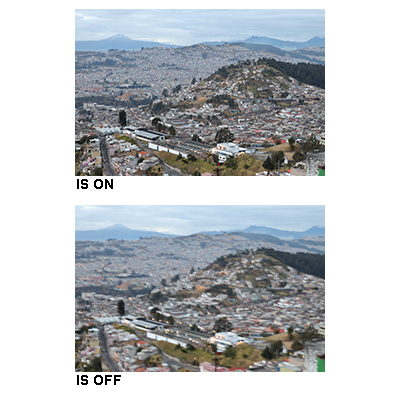
The RF 70-200mm f/2.8L IS USM lens uses two NANO USM focus motors, which is a first for Canon autofocus lenses. Close-focus performance is enhanced thanks to the RF 70-200mm f/2.8L IS USM lens' floating optical system. A high degree of quietness, power saving, and high-speed operation can be achieved without sacrificing the compact size of the lens.
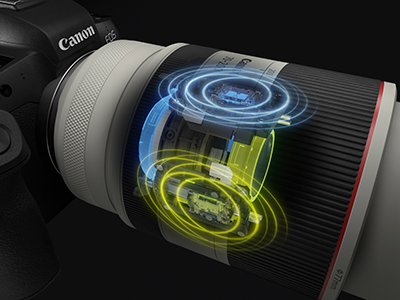
With a minimum focusing distance of 2.3 ft./0.7m, and a maximum magnification of .23x, the RF 70-200mm f/2.8L IS USM lens excels in a variety of shooting situations. Whether closing in on the details of an object or capturing an unforgettable moment during a wedding ceremony, the RF 70-200mm f/2.8L IS USM lens provides incredible versatility with just the turn of the zoom ring.
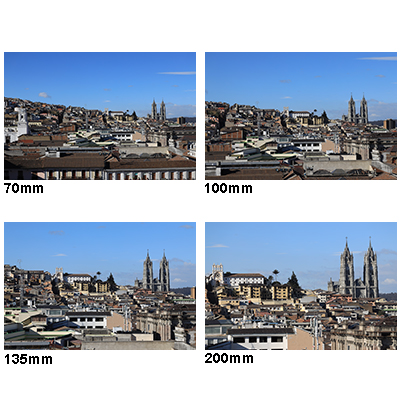
The RF 70-200mm f/2.8L IS USM lens has a separate, independent control ring that is located towards the back of the lens, which can be programmable for immediate exposure adjustments during still and video shooting. With the control ring, you can directly adjust settings such as shutter speed, lens aperture, exposure compensation and more. For photographers and moviemakers who would prefer a silent control ring, the clicking mechanism can be removed by a Canon service provider for a fee.
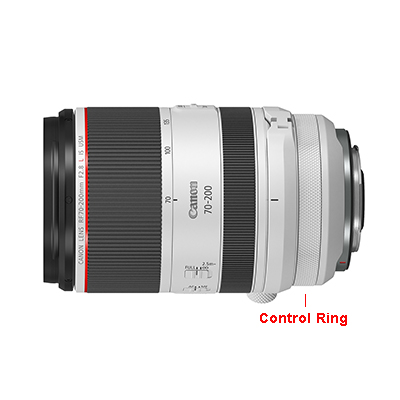
High-speed Communication with the Camera
Designed to quickly process data, the RF 70-200mm f/2.8L IS USM lens features the 12 pin communication system inherent in all RF lenses. This accelerates AF, Image Stabilization, the Digital Lens Optimizer and more, helping to simplify complex operations and provide a quick and reliable user experience.
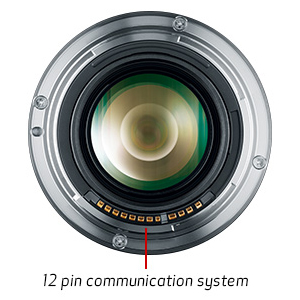
Lens Information Display
As part of the EOS R system, the RF 70-200mm f/2.8L IS USM lens works with an EOS R series camera to display the lens information right in the viewfinder – making it easy to confirm the lens's focal length without looking away from the subject at hand.
In-camera Digital Lens Optimizer
The EOS R system's 12 pin communication system enables the Digital Lens Optimizer, which works in-camera to combat aberrations and image deterioration, especially in the edges of the image frame when shooting at a large aperture. Data from the RF 70-200mm f/2.8L IS USM lens is transferred automatically to the camera body, facilitating near immediate correction for clear, detailed images.
Dust- and Weather-resistant
For reliable performance even when weather conditions get difficult, the RF 70-200mm f/2.8L IS USM lens features a dust- and weather-resistant construction in the lens mount, switch panel and all rings. Sealing is applied to lens joining sections, and switch panels to help prevent water and dust from entering into the lens.
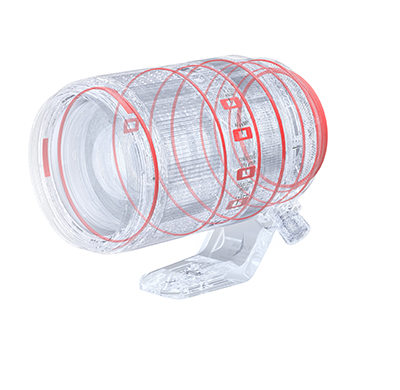
Fluorine Coating
The RF 70-200mm f/2.8L IS USM lens features fluorine coatings on the front and rearmost surfaces to help prevent dirt and dust from sticking to the lens, making it easy to clean smudges and fingerprints off.
High Reliability and Durability for Professional Use
The RF 70-200mm f/2.8L IS USM lens is engineered to endure the rigors of professional use. Constructed to be rugged, refined and precise, it can be operated intuitively so concentration can remain on the subject at hand.
Vibration Shock Resistance
Engineered to accommodate its optical system, the RF 70-200mm f/2.8L IS USM lens features L series level vibration shock resistance in the lens barrel, helping to maintain focus and settings even in turbulent situations.
The RF 70-200mm f/2.8L IS USM lens features an optical design built specifically for the RF mount. This includes two aspheric lenses that correct distortions, plus one UD element and one Super UD element to reduce chromatic aberration and achieve high image quality across the board. Strategically placed coatings and a 9-blade aperture help ensure superlative quality images with sharp detail, gorgeous color and minimized distortion throughout the zoom range.
^ As of October 24, 2019.
* Based on CIPA (Camera & Imaging Products Association) standards. Testing performed at a focal length of 200mm using the EOS R camera.
| Focal Length Maximum Aperture | 70-200mm, F/2.8 |
| Lens Construction | 17 Elements In 13 Groups |
| Closest Focusing Distance | 2.3 Ft./0.7m |
| Aperture Control | 9 (Circular) |
| Filter Size | Ø77mm |
^ As of October 24, 2019.
* Based on CIPA (Camera & Imaging Products Association) standards. Testing performed at a focal length of 200mm using the EOS R camera.
- Windows Server 2025
- macOS 15
- macOS 14
- macOS 13
- Windows 11
- macOS 12
- Windows Server 2022
- macOS 11
- Linux MIPS
- Linux ARM
- macOS 11.0
- macOS 10.15
- macOS v10.13
- macOS v10.14
- Windows Server 2019 (x64)
- macOS v10.14
- macOS v10.13
- Windows Server 2016 (x64)
- macOS v10.12
- Linux 64bit
- Linux 32bit
- OS X v10.11
- Windows 10
- Windows 10 (x64)
- OS X v10.10
- Windows Server 2012 R2 (x64)
- OS X v10.9
- Windows 8.1 (x64)
- Windows 8.1
- Windows Server 2012 (x64)
- Windows 8
- Windows 8 (x64)
- Windows 7
- Windows 7 (x64)
- Windows Vista
- Windows Vista (x64)
- Windows XP
- Windows XP (x64)
- Windows Server 2008
- Windows Server 2008 (x64)
- Windows Server 2008 R2 (x64)
- Windows Server 2003
- Windows Server 2003 (x64)
- Windows Server 2003 R2
- Windows Server 2003 R2 (x64)
- Windows 2000
- Windows NT
- Windows 3.1
- Windows Me
- Windows 98
- Windows 95
- Mac OS X v10.8
- Mac OS X v10.7
- Mac OS X v10.6
- Mac OS X v10.5
- Mac OS X v10.4
- Mac OS X v10.3
- Mac OS X v10.2
- Mac OS X v10.1
- Mac OS X
- Mac OS 9
- Mac OS 8
- Linux (x64)
- Linux (x32)
- Linux
- Not Applicable
Locating and Installing Your Download Cómo Localizar e Instalar su Descarga Localizando e Instalando seu Download
How to identify your OS version
To help determine which Windows operating system is running on your computer, please view the below steps:
Windows 11
Click on the Windows button (located left to the Search at the bottom).
Click on the Settings button to navigate to the system settings.
Scroll to the bottom of the page and click on the About button.
You will be able to find your Windows operating system under the Windows Specifications section.
Windows® 10
Click Start or click the Windows button (usually found in the lower-left corner of your screen).
Click Settings.
Click About (which is usually located within the lower left of the screen). The next screen should display the Windows version.
Windows 8 or Windows 8.1
Option1: Swipe in from the upper-right corner of the screen while viewing the desktop in order to open the menu, then select Settings.
Select PC Info. Under Windows edition, the Windows version is shown.
Option 2: From the Start Screen
While on the Start screen, type computer.
Right-click on the computer icon. If using touch, press and hold on the computer icon.
Click or tap Properties. Under Windows edition, the Windows version is shown.
Windows 7
Click Start or click the Windows button (usually found in the lower-left corner of your screen).
Right-click Computer and select Properties from the menu. The resulting screen should now display the Windows version.
Linux
To check the version of your Linux operating system (OS), you can use the following commands in your terminal:
1. uname -r: Displays your Linux kernel version.
2. cat /etc/os-release: Displays your distribution name and version.
3. lsb_release -a: Displays specific details about your Linux distribution and version.
4. You can also use the hostnamectl command to display the Linux kernel version. However, this command is only available on Linux distributions that use systemd by default.
To help determine which Mac operating system is running on your computer, select the Apple menu in the upper-left corner of your screen and choose About This Mac.
Upon selecting, you should see the macOS name followed by the version number.
Canon U.S.A Inc. All Rights Reserved. Reproduction in whole or part without permission is prohibited.